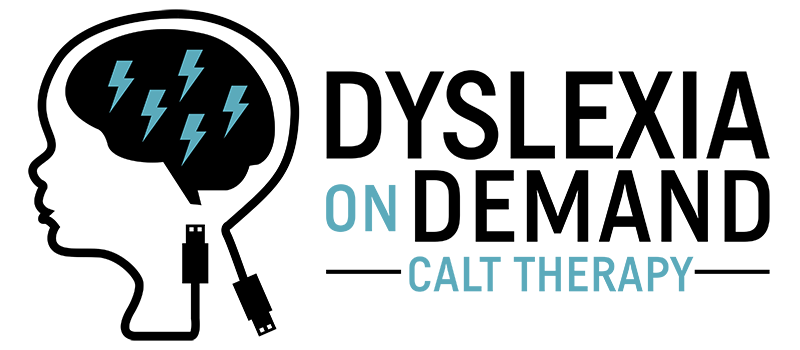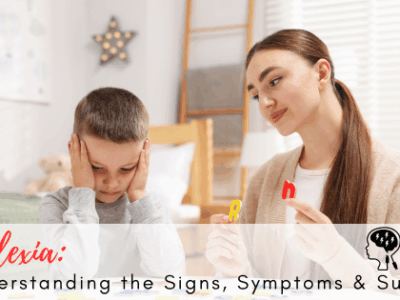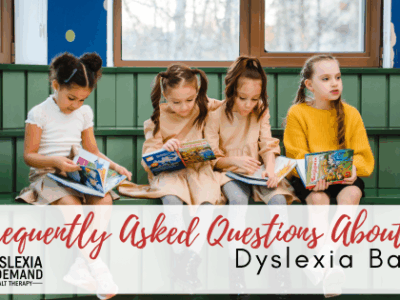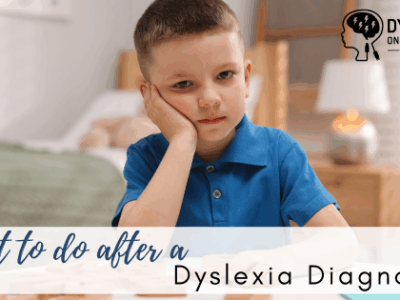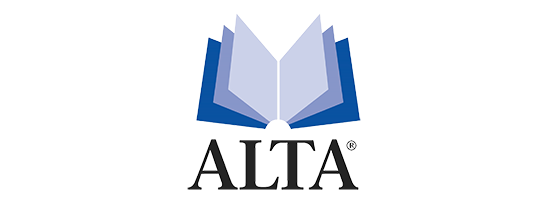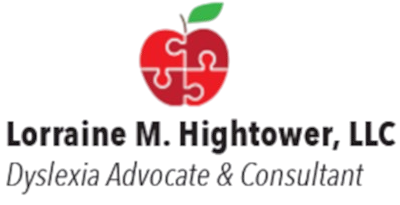Early Signs of Dyslexia
The signs of dyslexia can appear as early as preschool. Whether you’re a parent or teacher— or think you might have dyslexia yourself—here’s what to look for, starting in the earliest years through kinder and first grade.
Let me start by saying that dyslexia is HIGHLY genetic. My FIRST question to concerned parents is “do you have a family history of dyslexia” since the generational pass rate is 50%. Regardless of whether you have answered YES to that question, there are many common threads that run amongst folks with dyslexia.
Starting at a young age, we can tune in to several traits that any dyslexics have in common. Recognize that dyslexia can be identified by a neuropsychologist at 5 ½ years old with 92% accuracy, so you can be on the hunt from earlier than people generally expect since many of the initial signs are not based explicitly on the ability to read. Starting in preschool, children with dyslexia often have trouble learning common nursery rhymes, recognizing their own name, mispronouncing familiar words such as “pasgetti for spaghetti”, and show difficulty with rhyming. As it pertains directly to print, they do often have trouble remembering letter names and their associated sounds.
In the early school years, Kindergarten and First Grade, the signs become much more tied to academic achievements. It begins with a lack of understanding that letter names come with an associated sound. This eventually begins to resonate, but it takes a much longer time. Subsequently, they have difficulty sounding out even the simplest CVC (cat, tab) words. They also show difficulty with hearing syllables and with manipulating sounds in words (changing initial sounds verbally: cat to bat, rat, sat, etc). Parents and teachers will also see evidence at their guessing at words based on the pictures. For example, having reading errors that show no connection to the sounds of the letters on the page such as saying “puppy” instead of “dog”. And then the more that they struggle, the harder it is to get them to read. They likely will often complain about or avoid reading.
Before we end, lets take a moment to talk about letter and number reversals. This is, by far, the biggest cliché trait of dyslexia. While there is most definitely truth to it, it can be a tricky focus at this age. Reversals and transpositions are extremely common for ALL children in the initial stages of spelling and reading. It is a sign of a WEAK reader. While it can also be a sign of a dyslexic, who is also a weak reader, it is far from a guiding factor in rationale for concern.
